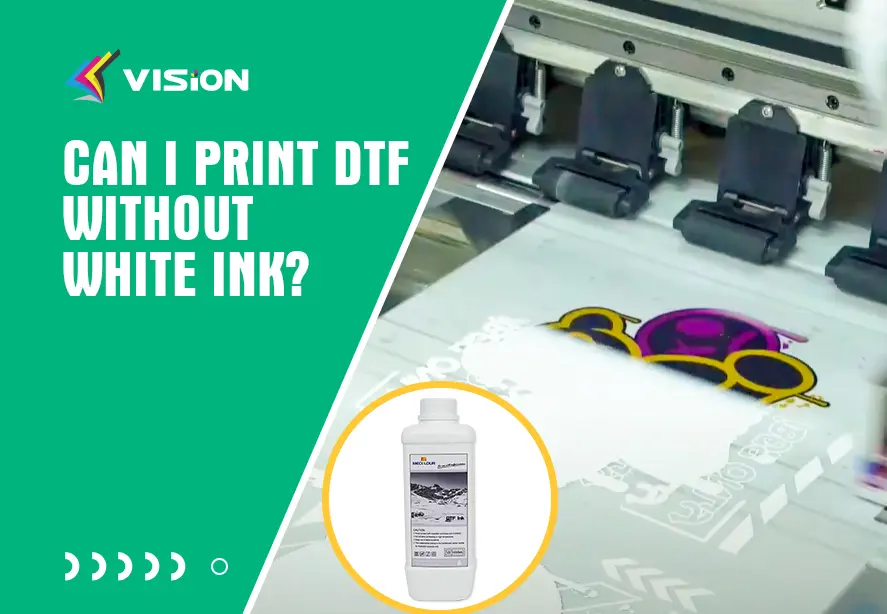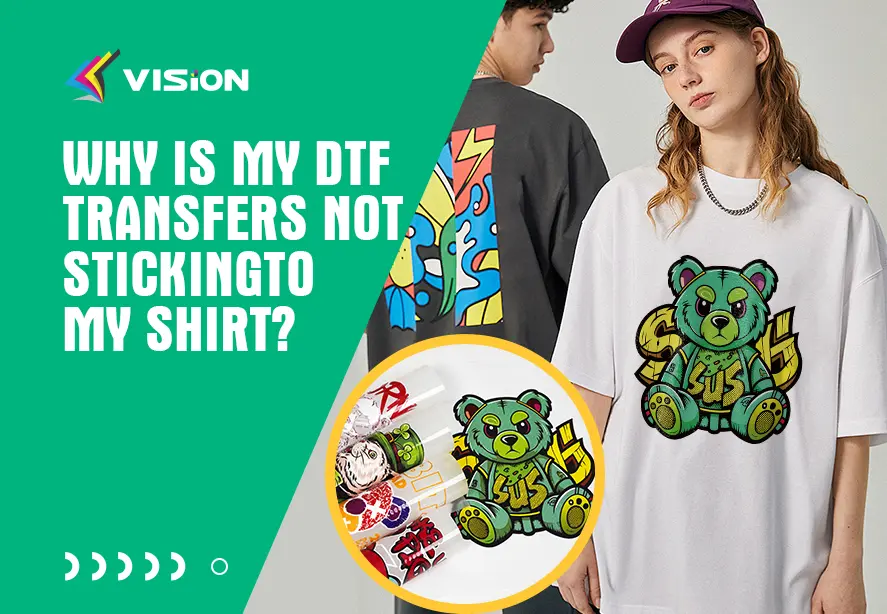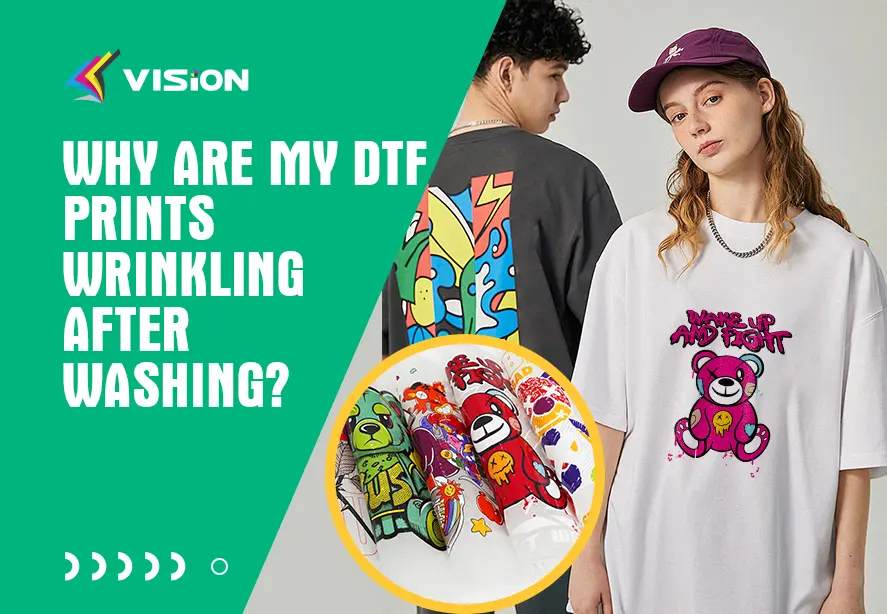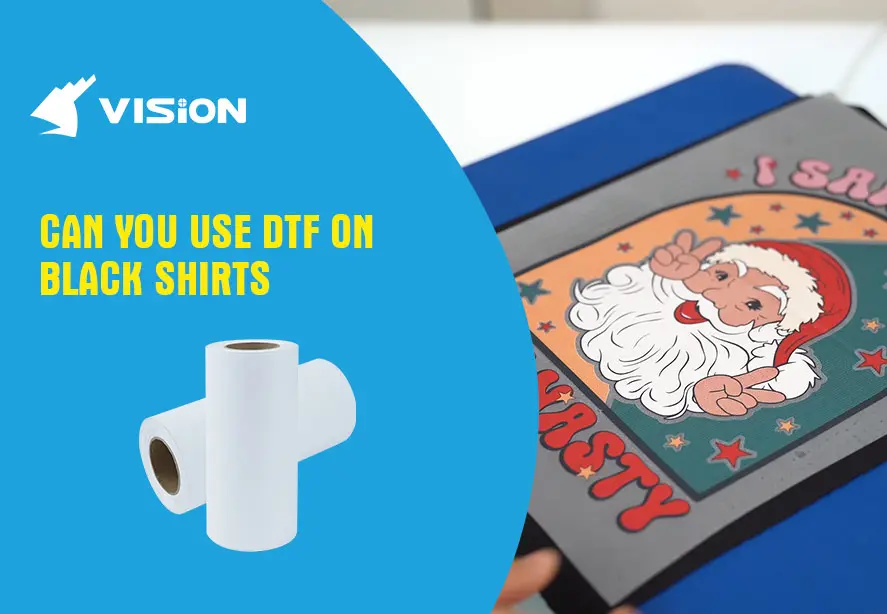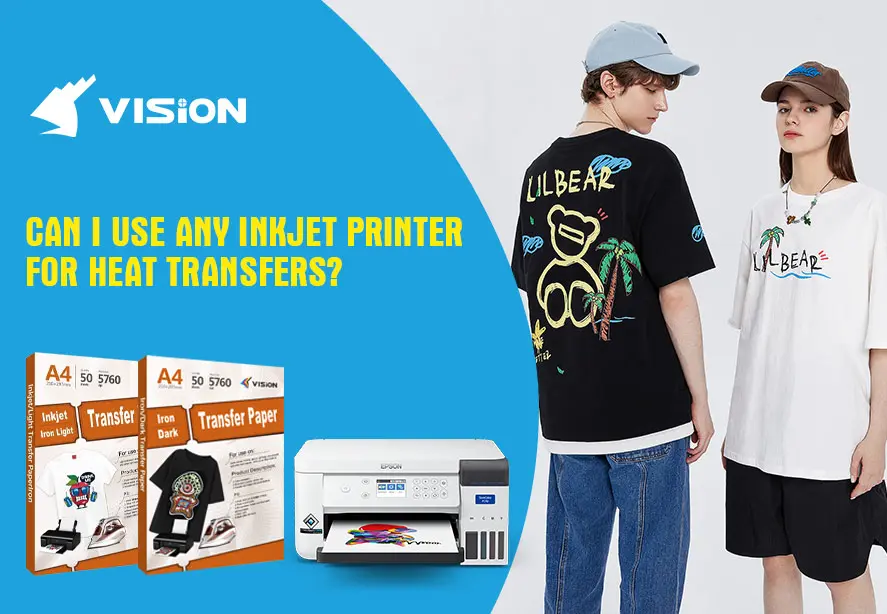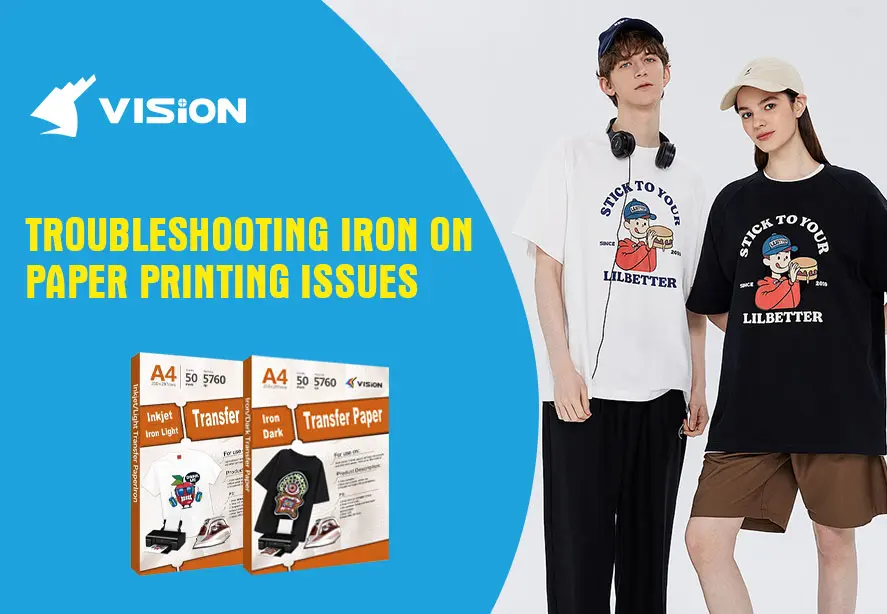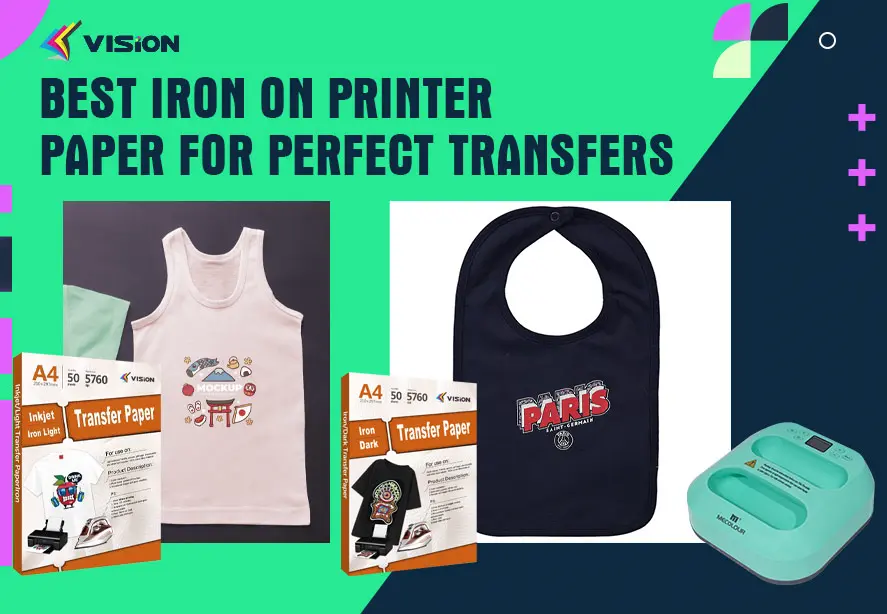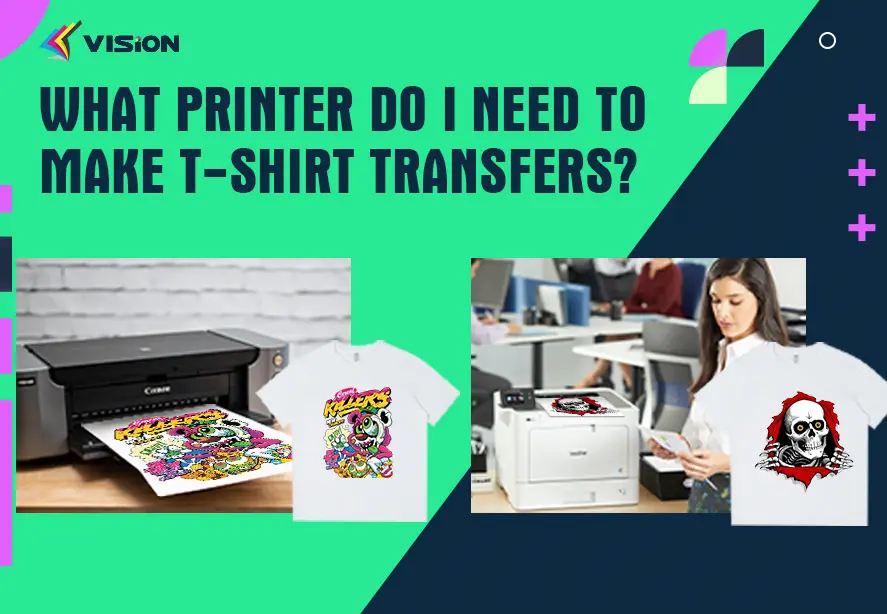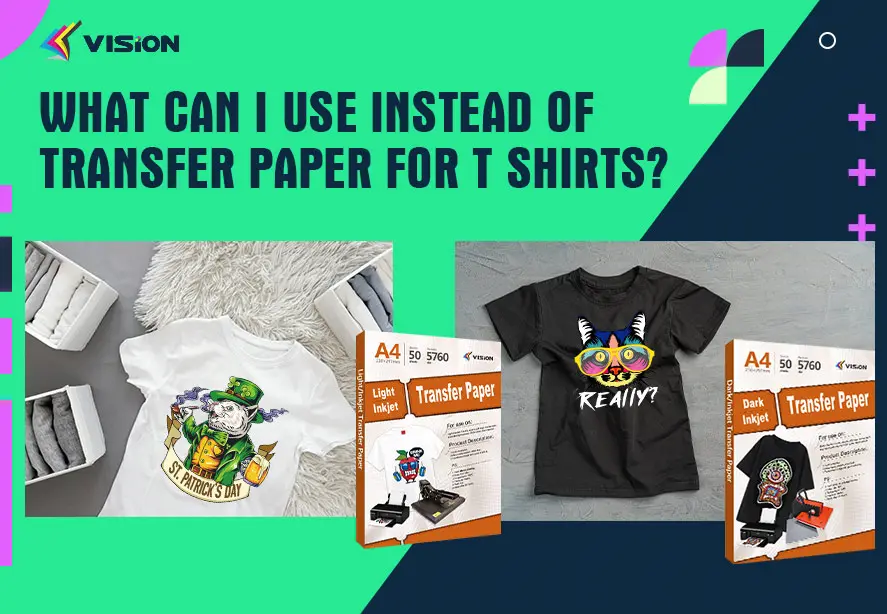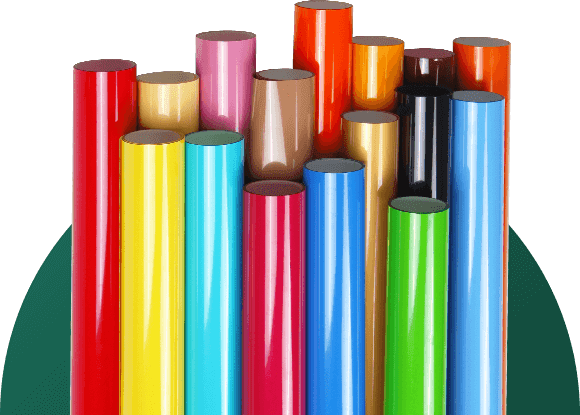What paper is best for tshirt printing?
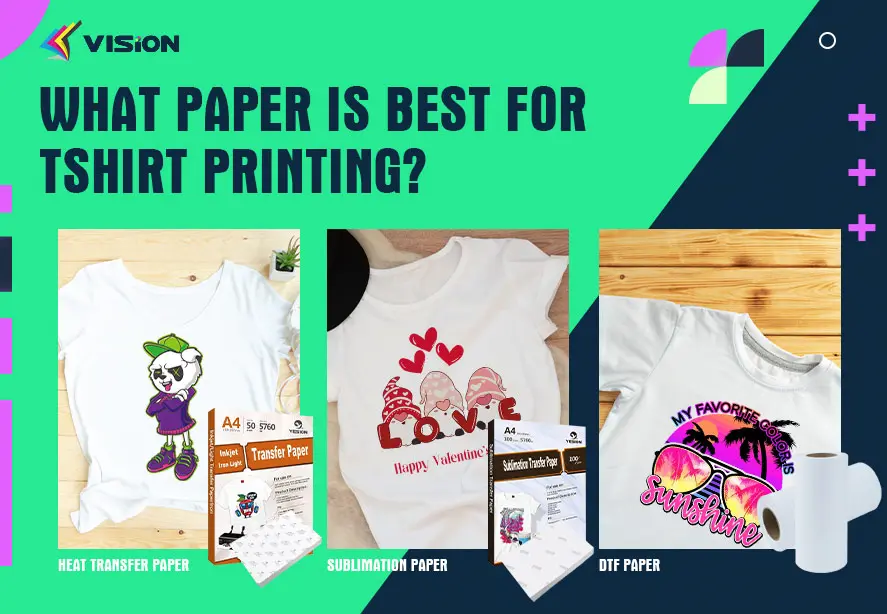
When it comes to custom tshirt printing, choosing the right paper for the job is essential to achieving vibrant, high-quality designs. The type of paper you use will significantly impact the outcome of your designs. In this blog, we’ll compare three of the most popular types of paper for tshirt printing: heat transfer paper, sublimation paper, and DTF paper, and the differences, benefits, and best use cases for each paper type to help you decide which one suits your needs.
Heat Transfer Paper: The Versatile Choice for Inkjet and Laser Printers
Best For: Inkjet and Laser Printers.
Ideal For: Custom t-shirts with vibrant, full-color designs on light or dark fabrics.
Heat transfer paper is one of the most commonly used options for transferring designs onto t-shirts. It’s compatible with both inkjet and laser printers, making it a versatile and accessible choice for both beginners and experienced printers.
Advantages of Heat Transfer Paper
Easy to Use: Heat transfer paper is user-friendly and requires only a heat press or iron to transfer designs onto fabrics. Simply print your design, place it on the t-shirt, and apply heat and pressure.
Affordable: It’s one of the most cost-effective options for small-batch printing, especially when creating personalized items or limited runs.
Variety: Available in different versions for light or dark fabrics, heat transfer paper works well for a wide range of t-shirt designs, from simple logos to detailed graphics.
Heat Transfer Paper for Light Fabrics
Best For: White or light-colored fabrics like cotton or polyester.
How It Works: Light fabric transfer paper is thin and allows vibrant colors to transfer effectively. The result is smooth and soft to the touch.
Heat Transfer Paper for Dark Fabrics
Best For: Dark or black-colored fabrics.
How It Works: Dark fabric transfer paper is thicker and includes a white backing layer that prevents the design from blending into the fabric color. This makes it ideal for high-contrast designs.
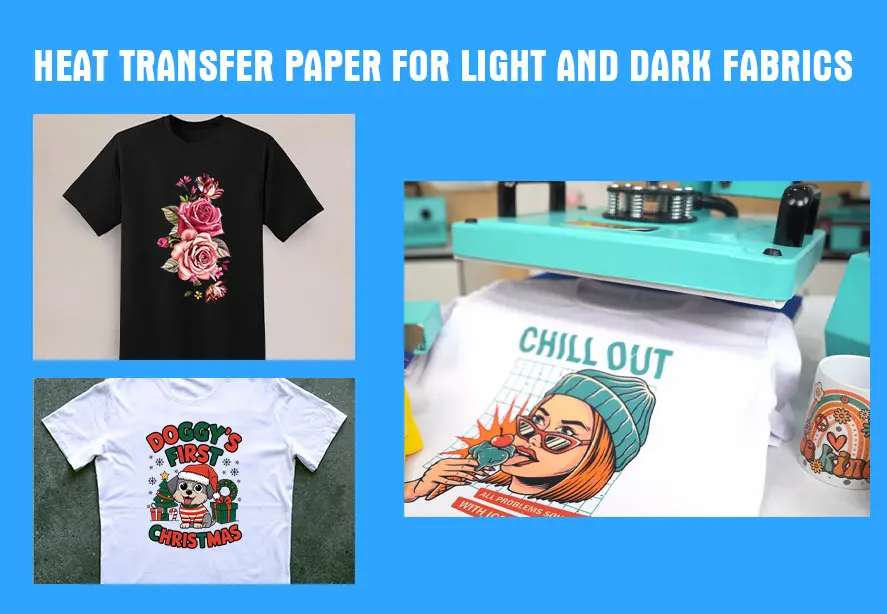
Heat Transfer Paper for Light and Dark Fabrics
Sublimation Paper: The Best Choice for Polyester Fabrics
Best For: Sublimation Printers.
Ideal For: Full-color designs on polyester fabrics and other synthetic materials.
Sublimation printing is an excellent method for creating vibrant, durable designs on t-shirts, especially for items that are 100% polyester or have a high polyester content. Unlike traditional printing, sublimation dye bonds with the fabric on a molecular level, creating designs that are long-lasting and resistant to fading.
Advantages of Sublimation Paper
Durable Prints: The sublimation process results in a design that is fully integrated into the fabric, meaning it won’t crack, peel, or fade, even after many washes.
Vibrant Colors: Sublimation printing produces high-quality, full-color images with incredible detail and vibrancy.
No Texture: Unlike heat transfer papers, sublimation prints don’t leave any texture on the fabric. The design becomes a part of the fabric itself.
Best for Polyester Fabrics
Sublimation paper works best on polyester fabrics because the dye bonds directly with the polyester fibers. However, it can also be used on polyester-coated materials like mugs, mouse pads, and keychains.
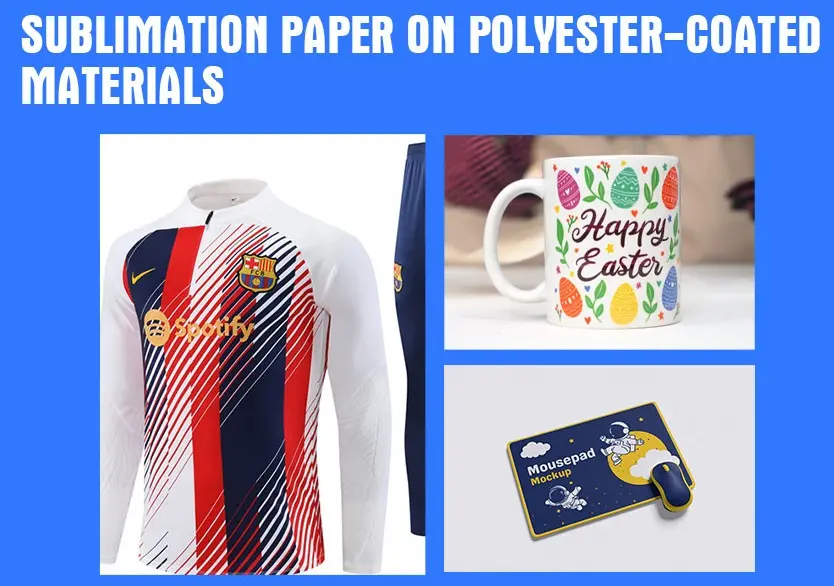
Sublimation paper on polyester-coated materials
DTF Paper: The Latest Innovation in T-Shirt Printing
Best For: DTF Printers.
Ideal For: Full-color prints on both light and dark fabrics, including cotton, polyester, and blends.
Advantages of DTF Paper
Versatility: Unlike sublimation, DTF printing can be used on a variety of fabrics, including cotton, polyester, and blends. It’s the perfect solution for mixed-material prints.
No Need for Pre-Treating Fabric: Unlike Direct-to-Garment (DTG) printing, DTF does not require pre-treating the fabric, which saves time and effort.
High Durability: DTF prints are known for their durability, with a high resistance to cracking, fading, and peeling after washing.
Full-Color Prints on Dark Fabrics: DTF paper allows for full-color designs on both light and dark fabrics, making it a versatile option for various projects.
How DTF Paper Works
Printing on paper: The design is first printed onto the DTF paper.
Adhesive Powder: The printed paper is then coated with a special adhesive powder, which sticks to the design.
Heat Pressing: The paper is transferred to the fabric using a heat press, where the adhesive bonds the design to the material.
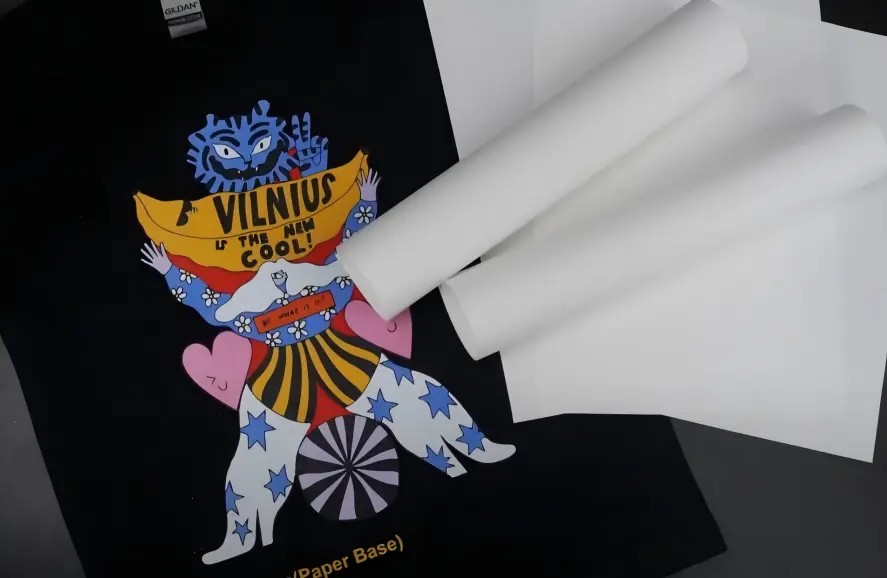
DTF Paper for tshirt printing
Which Paper Should You Choose for Your TShirt Printing?
Heat Transfer Paper is best if you’re looking for an easy and cost-effective solution for printing on light or dark fabrics. It’s ideal for small batches or one-off prints and works well with inkjet or laser printers.
Sublimation Paper is the go-to option for creating vibrant, high-quality designs on polyester fabrics or polyester-coated materials. The design becomes part of the fabric, ensuring long-lasting results.
DTF Paper is the best choice for printing full-color designs on both light and dark fabrics, especially when working with a variety of materials like cotton, polyester, and blends. It’s a versatile and durable solution for modern tshirt printing.
Ultimately, the right paper for your project depends on the fabric you’re using, the type of printer you have, and the quality of results you’re aiming for. By understanding the differences between heat transfer paper, sublimation paper, and DTF paper, you can choose the best option to bring your t-shirt designs to life.
Related:
Does DTF last as long as sublimation?
Is DTF better than heat transfer?
Is DTF printing better than sublimation?


